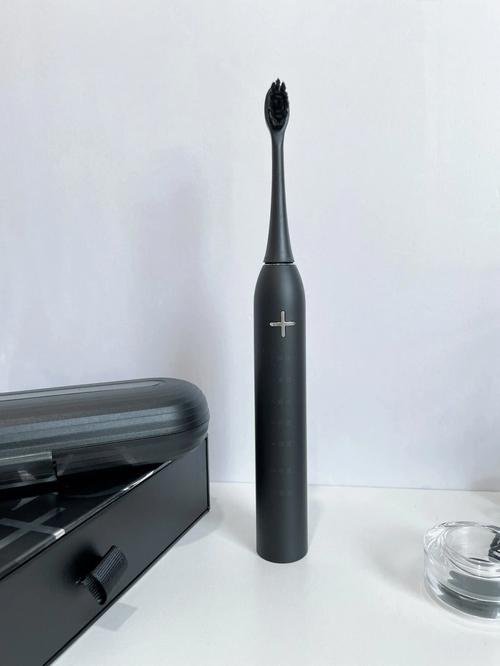Introduction
Maintaining proper dental hygiene involves more than just brushing regularly; it also requires replacing your toothbrush at the appropriate intervals. Toothbrushes endure wear and tear over time, leading to decreased effectiveness in plaque removal and potentially harboring harmful bacteria. In this comprehensive guide, we will explore the importance of changing your toothbrush, discuss the signs that indicate it’s time for a replacement, delve into different types of toothbrushes, and offer tips for maintaining good oral hygiene habits to keep your smile healthy and vibrant.
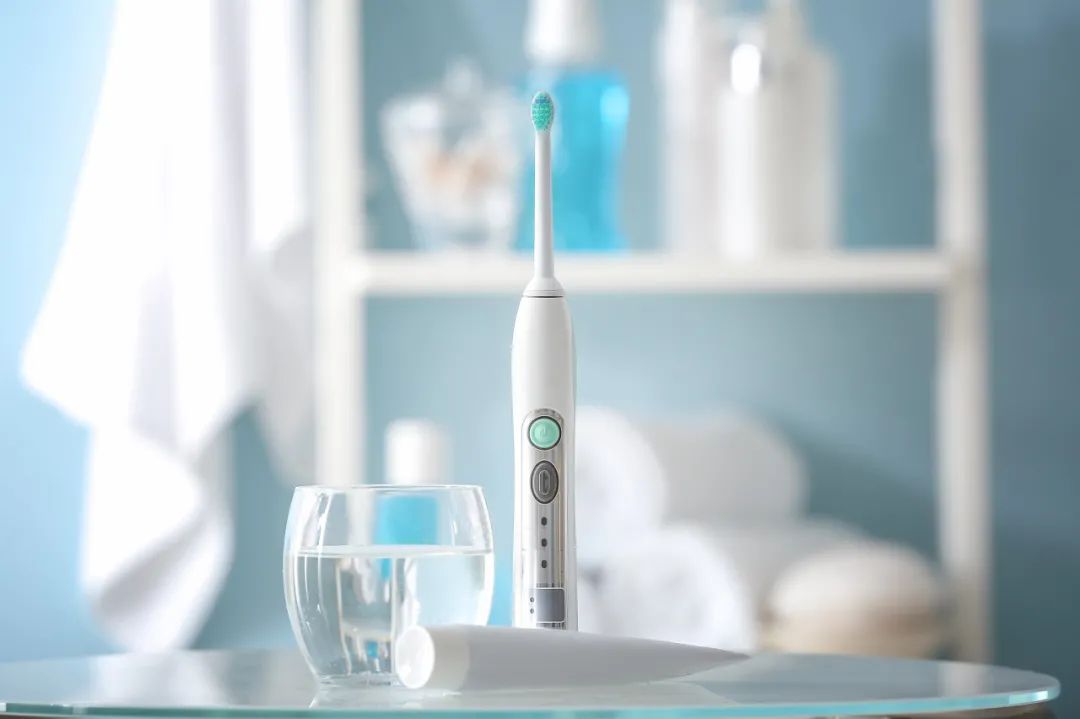
Toothbrush Replacement: How Often is Recommended?
I. The Importance of Changing Your Toothbrush
-
Optimal Performance:
- Over time, toothbrush bristles become frayed, worn, and less effective in removing plaque and debris. Regularly changing your toothbrush ensures that you are using a tool that performs its intended function optimally.
-
Bacterial Build-Up:
- Over time, toothbrushes can accumulate bacteria, fungi, and other microorganisms from the mouth. Regular replacement helps minimize the risk of accumulating harmful bacteria that can contribute to oral infections or diseases.
-
Preventing Cross-Contamination:
- Sharing toothbrushes or using the same toothbrush after recovering from an illness can lead to cross-contamination of bacteria or viruses. Replacing your toothbrush regularly helps mitigate this risk.
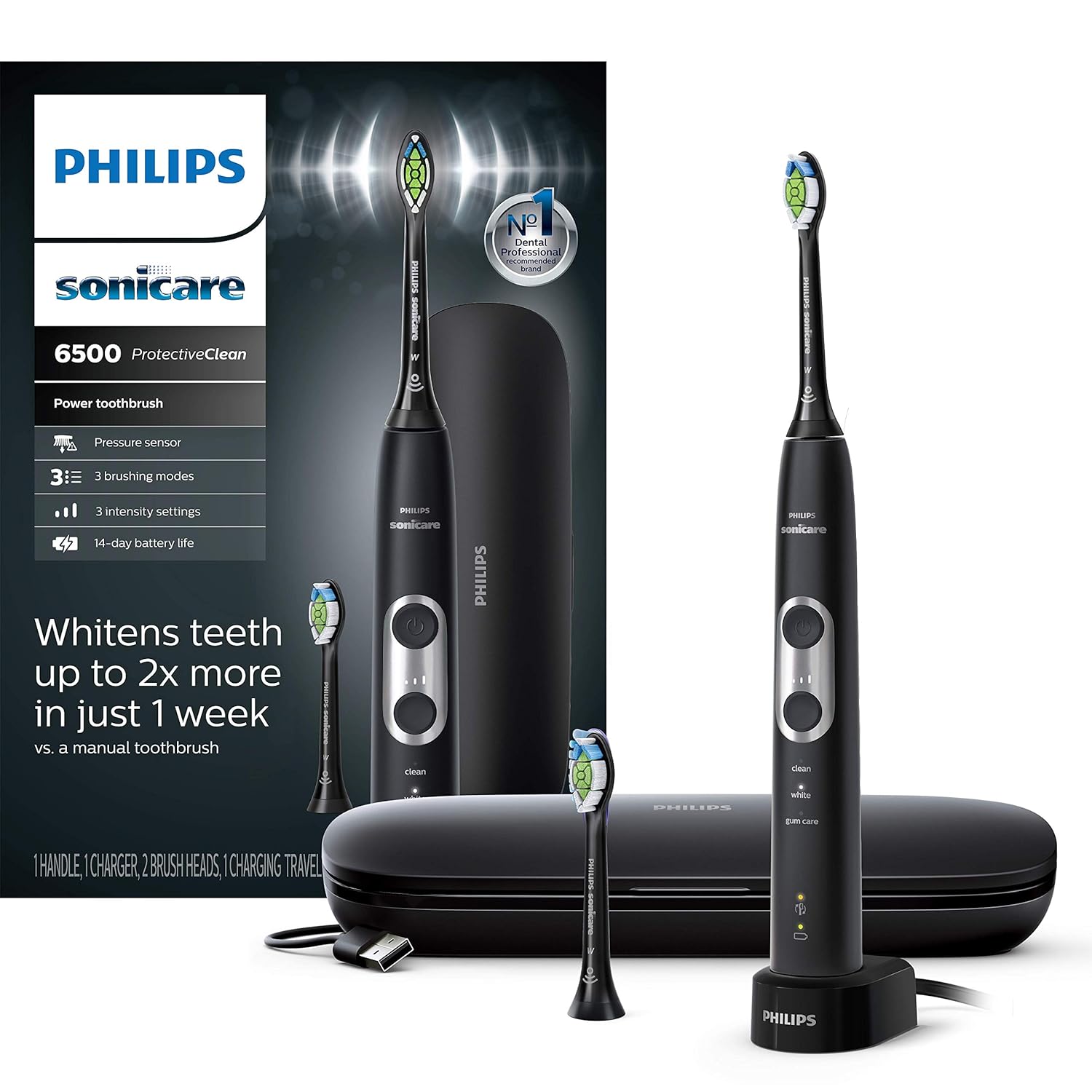
II. Signs That Indicate It’s Time to Replace Your Toothbrush
-
Bristle Condition:
- Inspect the bristles regularly for signs of wear, fraying, or splaying. As a general rule, if the bristles become flattened or bent, it is time for a replacement.
-
Timeline:
- A common guideline is to replace your toothbrush every three to four months. However, this timeline may vary depending on factors such as brushing technique, bristle condition, and personal oral health needs.
-
Illness or Infection:
- Replace your toothbrush if you have been sick, are recovering from an illness, or have had any oral infections to minimize the risk of reinfection or cross-contamination.
-
Electric Toothbrush Heads:
- For electric toothbrush users, it is recommended to replace the brush heads every three to four months or as indicated by the specific manufacturer’s guidelines.
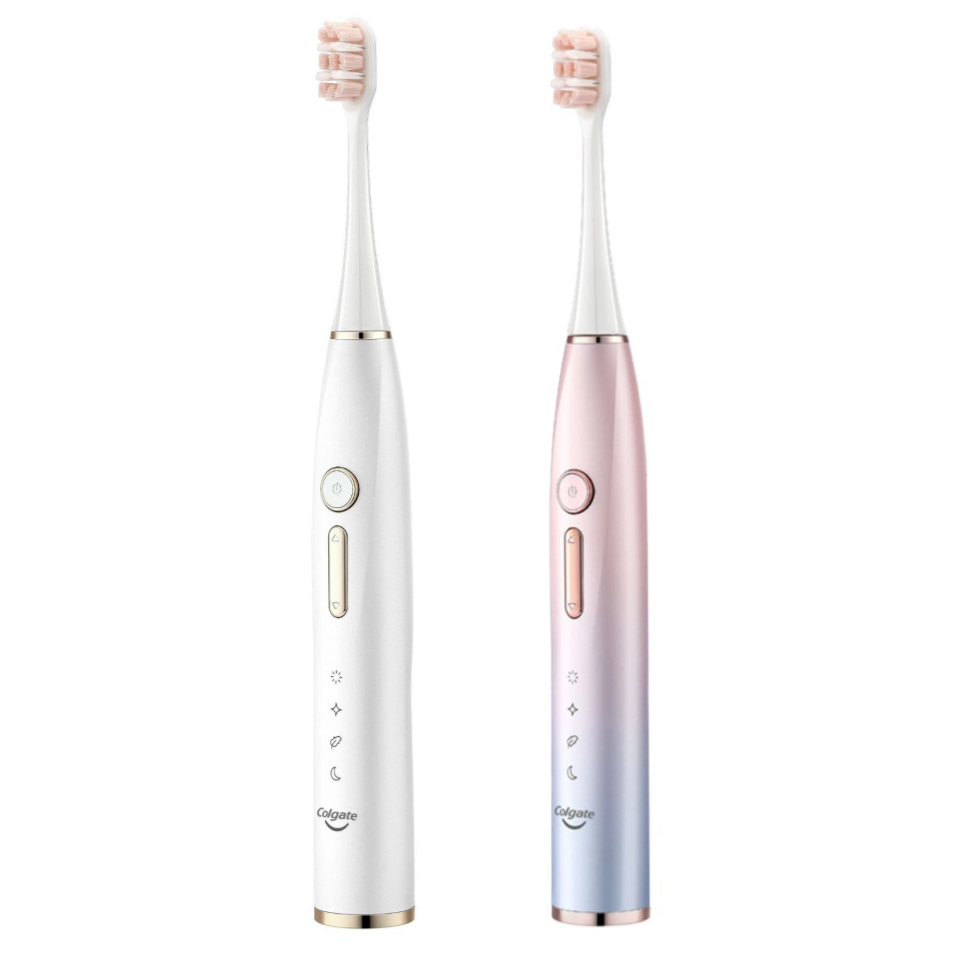
III. Different Types of Toothbrushes
-
Manual Toothbrushes:
- Traditional manual toothbrushes come in various sizes, shapes, and bristle types, allowing you to choose the one that suits your needs and preferences. Replace manual toothbrushes regularly following the same guidelines as mentioned earlier.
-
Electric Toothbrushes:
- Electric toothbrushes offer rotating or vibrating brush heads for more effective plaque removal. Follow the manufacturer’s recommendations for replacing electric toothbrush heads, typically every three to four months.
IV. Tips for Maintaining Good Oral Hygiene Habits
-
Proper Brushing Technique:
- Brush your teeth at least twice a day using gentle, circular motions and covering all tooth surfaces. Spend at least two minutes brushing to ensure thorough cleaning.
-
Use Toothbrushes for Their Intended Purpose:
- Toothbrushes are designed for cleaning teeth and gums. Avoid alternative or makeshift uses that can lead to premature wear or damage to the bristles.
-
Rinse and Store Properly:
- After each use, rinse your toothbrush thoroughly with water to remove toothpaste and debris. Allow it to air dry completely before storing it upright to minimize bacterial growth.
-
Avoid Sharing Toothbrushes:
- Sharing toothbrushes can increase the risk of bacterial or viral cross-contamination. Encourage every family member to have their own toothbrush and keep them separate.
V. Specialty Considerations
-
Children’s Toothbrushes:
- Children’s toothbrushes may need more frequent replacement as children often brush more vigorously and may cause the bristles to wear out more quickly. Consult your dentist for guidance on appropriate toothbrush replacements for children.
-
Dental Health Issues:
- Individuals with certain dental health issues, such as gum disease or weakened immune systems, may require more frequent toothbrush replacements to maintain optimal oral health. Consult your dentist for personalized recommendations.
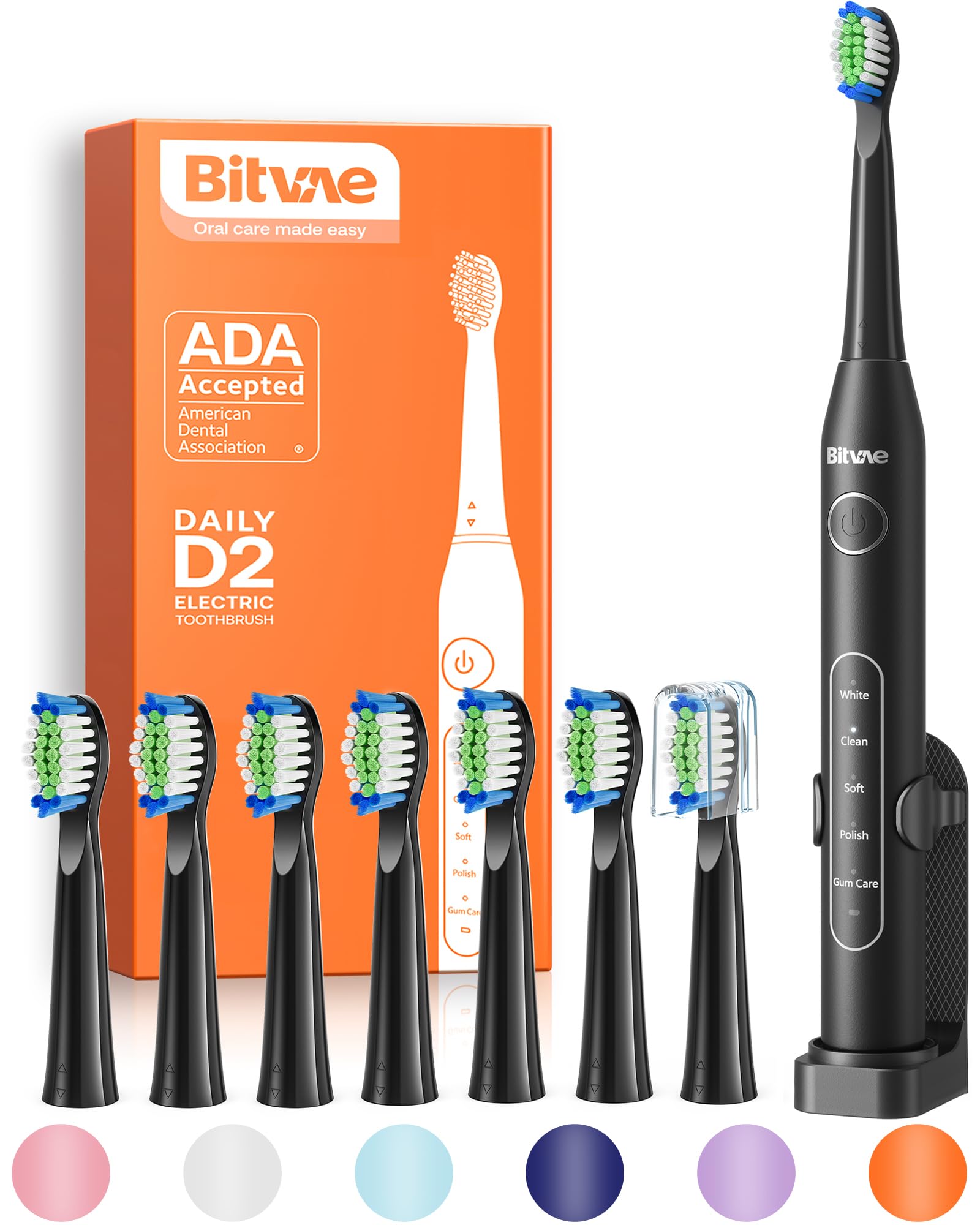
VII. Eco-Friendly Toothbrush Options
-
Bamboo Toothbrushes:
- Consider switching to an eco-friendly bamboo toothbrush. These toothbrushes are made from sustainable materials and often come with replaceable heads, reducing waste and environmental impact.
-
Recyclable Toothbrushes:
- Look for toothbrushes made from recyclable materials. Some companies offer toothbrushes with handles made from recycled plastics, contributing to a more sustainable oral care routine.
VIII. When in Doubt, Consult Your Dentist
-
Regular Dental Check-ups:
- Schedule regular dental check-ups to assess your oral health and receive professional guidance regarding toothbrush replacement, oral hygiene practices, and any specific considerations for your dental needs.
-
Individualized Recommendations:
- Your dentist will consider factors such as your oral health, habits, and any existing dental conditions to provide personalized recommendations for toothbrush replacement frequency and oral care routines.
Does not changing an electric toothbrush for too long affect the charge?
Yes, not changing an electric toothbrush for an extended period can affect its charge. Over time, the bristles on the brush head may become worn, reducing their effectiveness in cleaning your teeth. Additionally, the battery life of the electric toothbrush may decline with regular use and aging.
It is generally recommended to replace the brush head of an electric toothbrush every three to four months, or sooner if the bristles appear frayed or damaged. This ensures optimal cleaning performance and maximizes the lifespan of the battery.
Regularly replacing the brush heads and following the manufacturer’s instructions for charging and maintenance can help maintain the efficiency and longevity of your electric toothbrush.
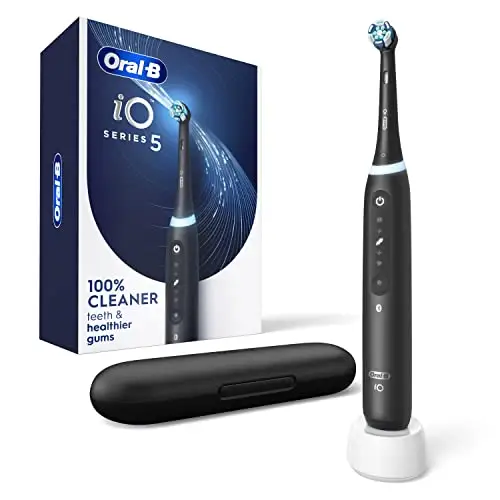
VI. Conclusion: Nurturing Dental Health through Regular Toothbrush Replacement
Changing your toothbrush regularly is a vital aspect of maintaining good oral hygiene and preventing oral health problems. By replacing your toothbrush at the appropriate intervals, you ensure optimal cleaning performance and minimize the risk of bacterial build-up or cross-contamination.
Regularly inspecting your toothbrush bristles, following general replacement guidelines, and practicing good oral hygiene habits will contribute to a healthy and vibrant smile. Remember to use proper brushing techniques, store your toothbrush correctly, and consult your dentist for personalized guidance based on your specific needs.
Nurture your dental health through regular toothbrush replacements, and enjoy the confidence and well-being that come with a clean, healthy smile.

